











The "accompanying substances" present in the water are deposited on the surfaces of the drinking water chambers in the form of limescale, ochre deposits and sintering and subsequently form an ideal breeding ground for algae, bacteria and fungi. (Biofilms, see pictures below.)








To prevent the formation of germs on the surface as well as in the drinking water, the drinking water chambers should be completely cleaned and disinfected on a regular basis.

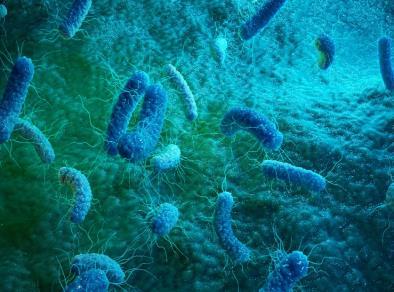







Product: Special cleaner (concentrate) for cleaning and maintenance of drinking water systems.
Active ingredients: Organic / inorganic acids with biodegradable inhibitors and wetting agents.
Dissolves: dirt, iron, lime, manganese deposits / ochre deposits.

Compatible with: all common linings or approved coatings such as chlorinated rubber, epoxy resin, PVC linings, paint coatings, tiles, plaster, etc. Exception: galvanised parts, acid-sensitive surfaces.




Spray on the TW solution (see next page for dosage) with a hand sprayer or a low-pressure sprayer with a lance from bottom to top. Foaming and a crackling noise are normal.


Wear an aerosol tight full protection mask to protect against aerosols.

Thoroughly clean all surfaces with a high pressure cleaner. Close the drain after hosing down. (For neutralization of the cleaning solution, if necessary).




For very heavy crusts:
For normal soiling:







In case of heavy iron and manganese deposits (recognisable by dark or reddish brown discolourations): Additionally use cleaning booster A. Dissolve cleaning booster A (bag of 1000g) in 5 litres of water and mix per 25kg canister of Sanosil Clean TW. Process the solution within 1 week







After approx. 30 minutes, rinse off the dissolved deposits with plenty of water. Keep the floor drain closed to neutralise the waste water (if needed).




Before
After
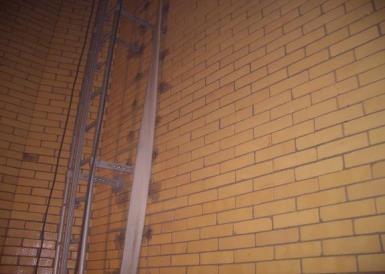



Large quantities of strong acids must not be allowed to enter the sewage system without neutralization. The pH value of the wash water (rinse water at the bottom of the chamber) is therefore measured using indicator paper. Immerse the strip and read off the change in color. A pH value of less than 6 always requires neutralization. (Local regulations must be observed)


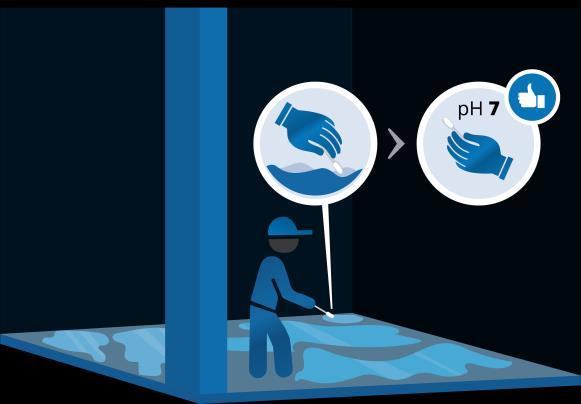

For each 1 litre of Sanosil TW used, approx. 250 300 g of Sanosil TW Neutraliser powder is needed to neutralise the rinsing water. Dissolve the required amount of powder in a little water and spread the solution on the sump with a watering can. Check with the indicator paper: PH 6 8 = OK (drain and rinse).


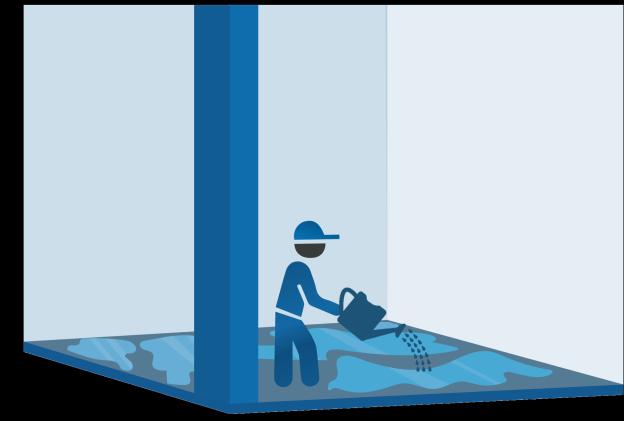

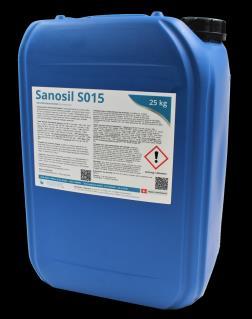



Spray the surfaces of the cleaned reservoir with a 20 % solution of Sanosil S015 (or a 3 % solution of Sanosil Super 25). Consumption of disinfectant solution is approx. 30 40 ml solution per m2

Important: In case of extensive aerosol density, wear an aerosol tight protective mask, filter class ABEK P3. Allow to dry and refill the reservoir.











Connection: 220 V
Suction height max: 1 m
Maximum pressure: 10.7 l/min
Maximum pressure: 15 bar Noise pressure: 62 dB Gross weight (pump & motor, without lance): 13 kg